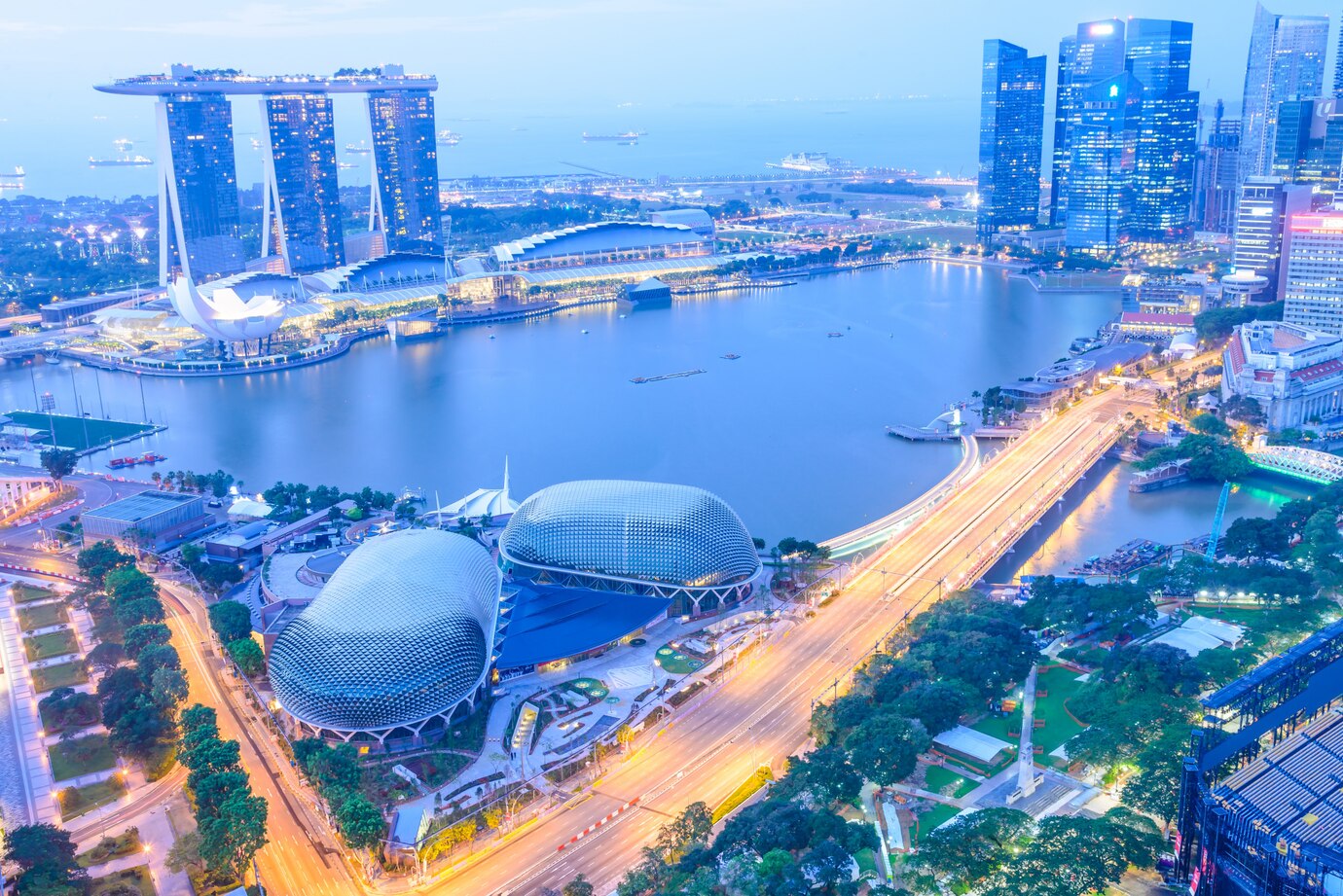
As a global leading smart city and the financial hub of Southeast Asia, Singapore is accelerating its transition to a low - carbon economy. The government has put forward the "Green Plan 2030", aiming to increase the solar power installed capacity to 2 GW and reach the peak of carbon neutrality. However, due to limited land resources and a high dependence on energy imports (95% of electricity relies on natural gas), energy storage systems have become a core technology for balancing grid fluctuations and integrating renewable energy. With the release of the "Energy Market Authority (EMA) Energy Storage System Development Roadmap", Singapore is creating a Southeast Asian energy storage hub through policy incentives, technological innovation, and capital openness. For multinational enterprises, Singapore is not only a "sandbox" for testing cutting - edge technologies but also a strategic fulcrum for radiating the Southeast Asian market.
Market Status Analysis
Energy Structure and Transformation Pressure
Singapore is one of the countries with the highest energy density in the world. In 2023, the electricity demand reached 58 TWh, with industrial electricity consumption accounting for 52% (dominated by high - energy - consuming industries such as semiconductors and petrochemicals).Natural gas - fired power generation accounts for 95%. The government plans to reduce the carbon emission intensity by 36% from the 2005 level by 2030. Energy storage is regarded as a key tool for achieving energy diversification.Constraints on Solar Energy Development: Although the rooftop photovoltaic installed capacity exceeded 600 MW in 2023, the shortage of land makes it difficult to build large - scale photovoltaic power plants. Energy storage is needed to smooth out the day - night power generation fluctuations.Drivers of the Energy Storage Market
Demand for Grid Resilience: After a large - scale island - wide power outage in 2022, the EMA required key facilities (such as data centers and ports) to be equipped with at least 4 - hour backup power, driving a surge in the demand for industrial and commercial energy storage.
Market - oriented Electricity Price Reform: The National Electricity Market of Singapore (NEMS), launched in 2024, introduced a real - time pricing mechanism, increasing the potential revenue of industrial and commercial users from peak - valley arbitrage through energy storage by 30%.
Promotion of Electric Vehicle Policies: With the goal of banning the sale of fuel - powered vehicles by 2030, the number of public charging stations needs to increase from 4,000 in 2023 to 60,000, driving the demand for secondary use of power batteries in energy storage.
Current Market Size and Technical Routes
In 2023, Singapore's energy storage installed capacity was approximately 50 MW/100 MWh, mainly using lithium - ion batteries (accounting for 85%), and was mainly applied in the Jurong Island Industrial Park and data center clusters.Acceleration of Flow Battery Pilot Projects: For example, the 20 - MWh zinc - bromine flow battery project jointly developed by the Agency for Science, Technology and Research (A*STAR) of Singapore and Redflow verifies the feasibility of long - duration energy storage in tropical climates.
Main Challenges and Risks
Land and Space Constraints
With the highest urban density in the world, energy storage projects need to be preferentially located underground or on rooftops (such as the Marina Bay underground energy storage station of Sembcorp Industries). The unit land cost is 3 - 5 times higher than that of neighboring Southeast Asian countries.Stringent Environmental Approval: Projects exceeding 5 MWh need to pass the "Environmental Impact Screening" (EIS) of the National Environment Agency (NEA), and the approval cycle is as long as 18 months.
Technical Standards and Operational Risks
High - temperature and High - humidity Environment: With an average annual temperature of 31°C and humidity of 84%, energy storage systems are required to have an IP68 protection rating and liquid - cooling technology, increasing the maintenance cost by 20%.Grid Compatibility Requirements: Energy storage systems need to pass the "Grid Code" certification of the EMA, including frequency response (within ±0.5 Hz) and black - start capabilities. The cost of localization transformation is high.
Policy and Market Mechanism Barriers
Foreign Investment Access Restrictions: The upper limit of foreign ownership in energy projects is 49%, and it is required to form a consortium with local enterprises (such as Keppel and Sembcorp) to bid.Single Revenue Model: Currently, the revenue of energy storage mainly depends on capacity bidding (dominated by the EMA) and peak - valley price differences, lacking diversified revenue channels such as frequency control ancillary services (FCAS).III. Major Players and the Competition Landscape
International Leading Enterprises
Tesla: Dominates the industrial and commercial energy storage market. In 2023, it signed a 50 - MWh Megapack project on Jurong Island and cooperated with DBS Bank to launch an energy storage financing plan.CATL: Jointly built the first "solar - energy - storage - charging" integrated station in Southeast Asia with Singapore Power Group (SP Group), exploring the secondary use model of retired batteries.
Wärtsilä: Provided modular energy storage systems for Changi Data Center, integrating AI scheduling algorithms to improve energy efficiency by 15%.
Local Core Enterprises
Sembcorp Industries: A state - owned energy giant, launched a 200 - MWh energy storage tender in 2024, focusing on the layout of Jurong Island and Punggol Digital District.Keppel Infrastructure: Developed floating energy storage barges to solve the land - limitation problem. The first - phase 30 - MWh project is planned to be put into operation in 2025.Sunseap (now a subsidiary of EDF Renewables): Focuses on the household energy storage market, launched a "solar + energy storage" subscription service, with a penetration rate of 12% in high - end residential areas.Emerging Innovative Forces
Virtual Power Plant (VPP) Operators: For example, the local start - up company Electrify aggregates distributed energy storage resources to participate in demand response and has received a $20 - million investment led by Temasek.Hydrogen Energy Storage Pilot Projects: Nanyang Technological University and Shell are collaborating to develop Southeast Asia's first 10 - MWh green hydrogen energy storage system, targeting the long - duration energy storage market in 2030.Key Points of Regulations and Compliance
Foreign Investment Access and Ownership Structure
The upper limit of foreign ownership in energy projects is 49%, and it is required to promise technology transfer (such as training local engineers and sharing patent usage rights).Government procurement projects give priority to "Singapore Enterprise Certification" (SGBC) suppliers. Foreign - invested enterprises need to bid jointly with local GLCs (government - linked companies).Technical Certification and Safety Standards
EMA Grid Code Certification: It is mandatory for energy storage systems to pass dynamic response tests (such as achieving 0 - 100% power output within 90 seconds), and the certification cost is approximately $200,000 - $500,000.Fire Safety Certification: It is required to comply with the NFPA 855 standard of the Singapore Civil Defence Force (SCDF), equipped with independent gas fire - extinguishing systems and thermal runaway warning devices.
ESG and Carbon Compliance
Mandatory Carbon Footprint Disclosure: Energy storage projects need to submit full - life - cycle carbon emission reports and purchase international carbon credits (such as Verra VCU) to offset operational emissions.
Green Finance Support: Projects that meet the "Singapore Green Finance Taxonomy" can obtain preferential interest rates (for example, DBS Bank's green loan interest rate is 1 - 1.5% lower).
Strategic Recommendations and Additional Content
Technological Adaptability Innovation
Develop Compact Energy Storage Systems: Adopt vertical stacking designs (such as the gravity energy storage solution of Energy Vault), saving 50% of the floor area.
Tropical Climate Optimization Solutions: Collaborate with local research institutions (such as A*STAR) to develop moisture - proof coatings and high - efficiency heat - dissipation modules.
Business Model Breakthroughs
Energy Storage as Insurance (ESInsurance): Cooperate with insurance companies to provide "power outage compensation + energy storage backup" combined products for data centers.
Cross - border Power Trading: Utilize the Singapore - Malaysia inter - connected power grid (to be put into operation in 2025) to export excess energy storage capacity to neighboring countries.
Localization Collaboration Paths
Build Test Platforms with GLCs: For example, jointly establish an "Energy Storage Innovation Laboratory" on Jurong Island with Sembcorp Industries to shorten the EMA approval cycle.
Participate in Government - led Funds: For example, invest in the Singapore Green Investment Fund (GIF) to obtain the right to cooperate on priority projects.
Future Market Trend Forecasts
Technological Route Iteration
Lithium - ion batteries will dominate before 2025 (accounting for 90%). After 2026, the proportion of hydrogen energy storage in the long - duration energy storage field will exceed 10%, and flow batteries will be applied on a large scale in port micro - grids.
Policy and Market Mechanism Upgrades
It is expected that the "Energy Storage Asset Securitization Framework" will be launched in 2025, allowing enterprises to package energy storage projects as REITs for listing and financing.
The "Distributed Energy Storage Aggregation Market" will be launched at the end of 2024, opening up third - party operators to participate in frequency modulation services.
Market Size and Growth Engines
Baseline Scenario: The energy storage installed capacity will reach 200 MWh in 2025 (CAGR 60%), exceed 1 GWh in 2030, and the market size will exceed $1.5 billion.
Aggressive Scenario: If the interconnection of regional power grids accelerates, Singapore may become the Southeast Asian energy storage dispatching center in 2030, with an installed capacity of 2 GWh.
Emerging Track Opportunities
Energy Storage for Data Centers: Driven by the expansion of global cloud service providers, the demand share will reach 40% in 2025 (currently 25%).
Maritime and Port Energy Storage: The Port of Singapore Authority (PSA) plans to equip all dock berths with energy storage systems to reduce ship - shore - side carbon emissions.
Conclusion
The Singaporean energy storage market is at the intersection of policy dividends and technological revolution. As the first country in Southeast Asia to fully open up the energy storage market, its strict compliance requirements and highly internationalized business environment not only set a high threshold for multinational enterprises but also provide institutional transparency and innovation inclusiveness. Enterprises need to adopt the core strategy of "local adaptation of technology + deep binding of political and business resources" to seize the first - mover dividends in key scenarios such as data centers and ports. With the implementation of the ASEAN Power Grid Interconnection Plan in 2025, Singapore is expected to upgrade from an "energy storage test field for city - states" to a "regional energy hub". Those who make early arrangements will gain a strategic advantage in this green transformation.
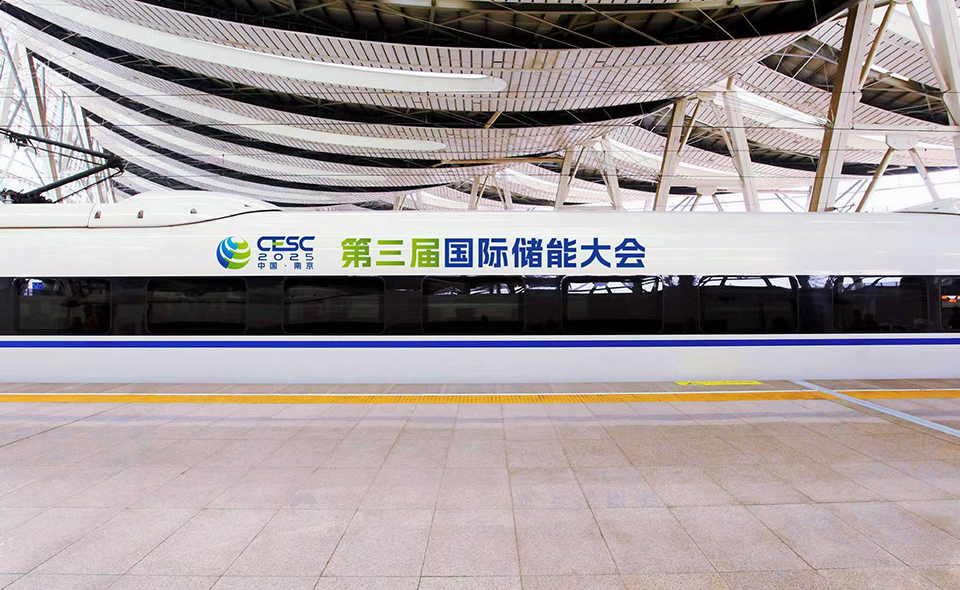
Latest News

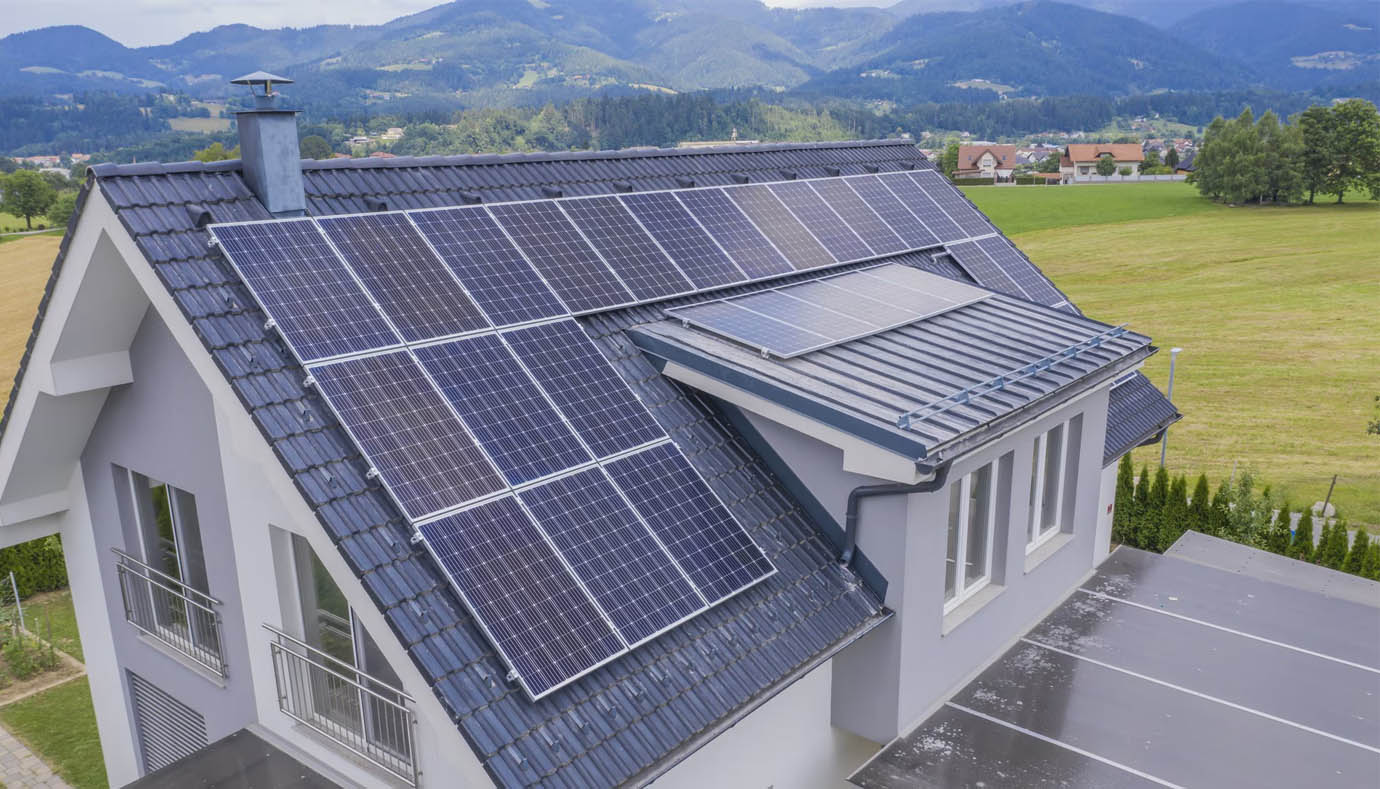


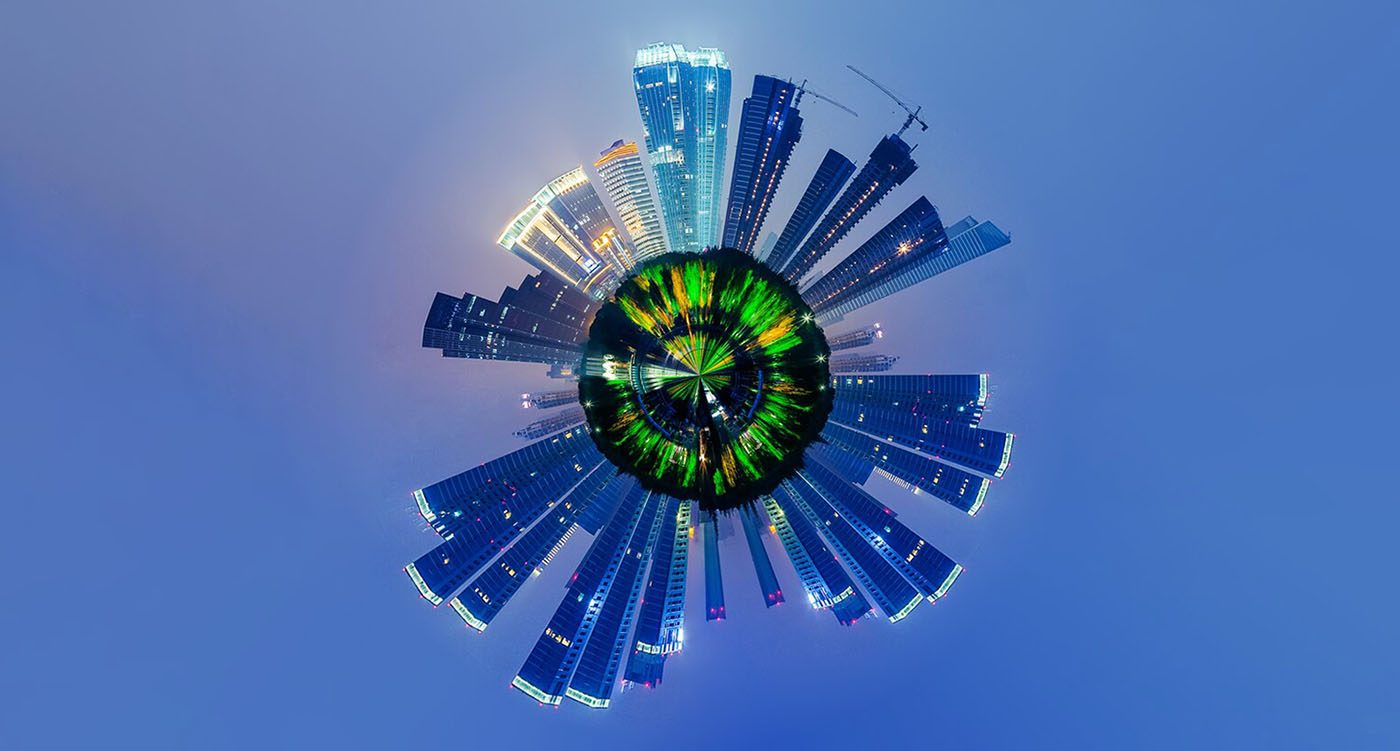
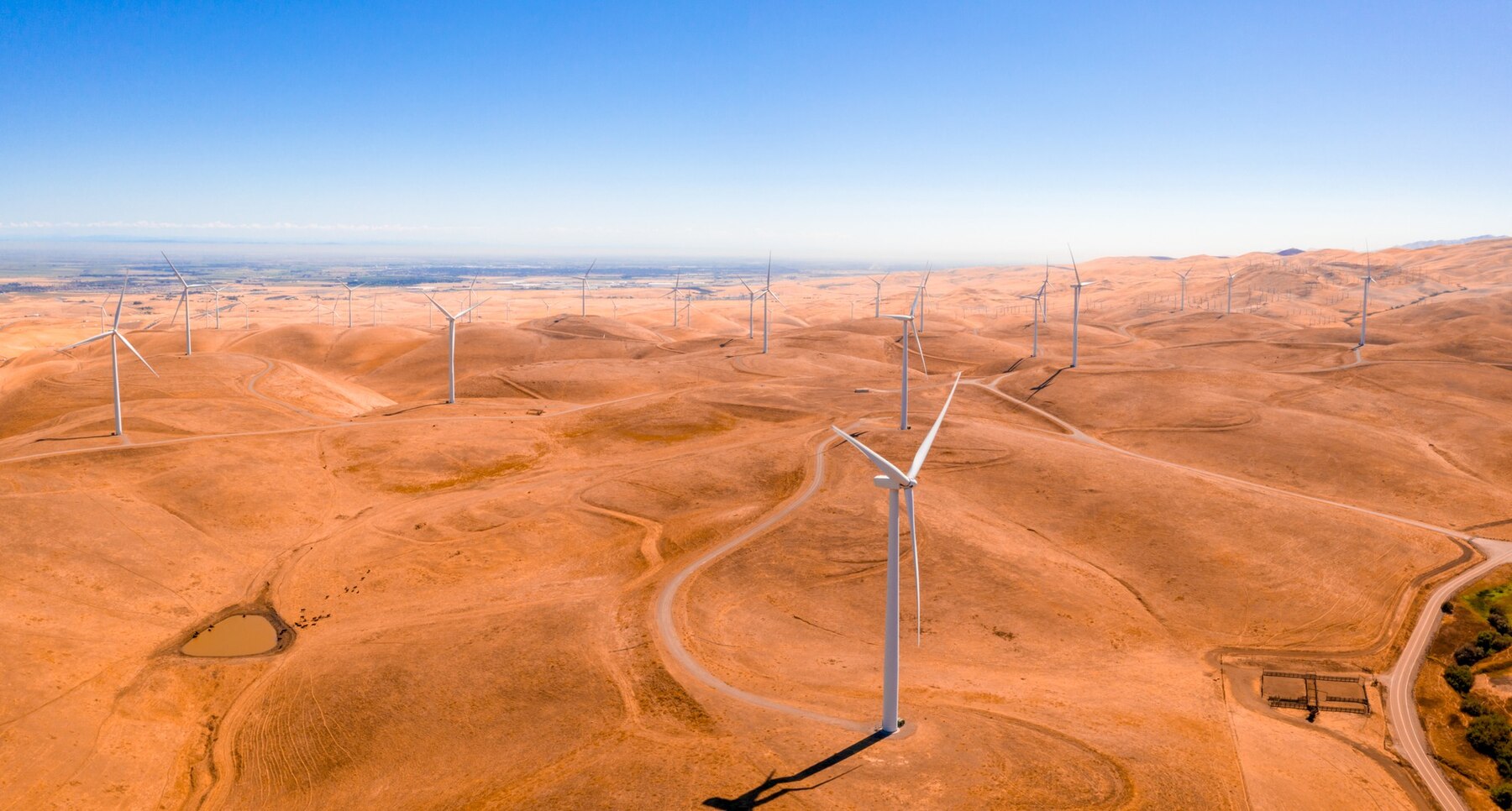
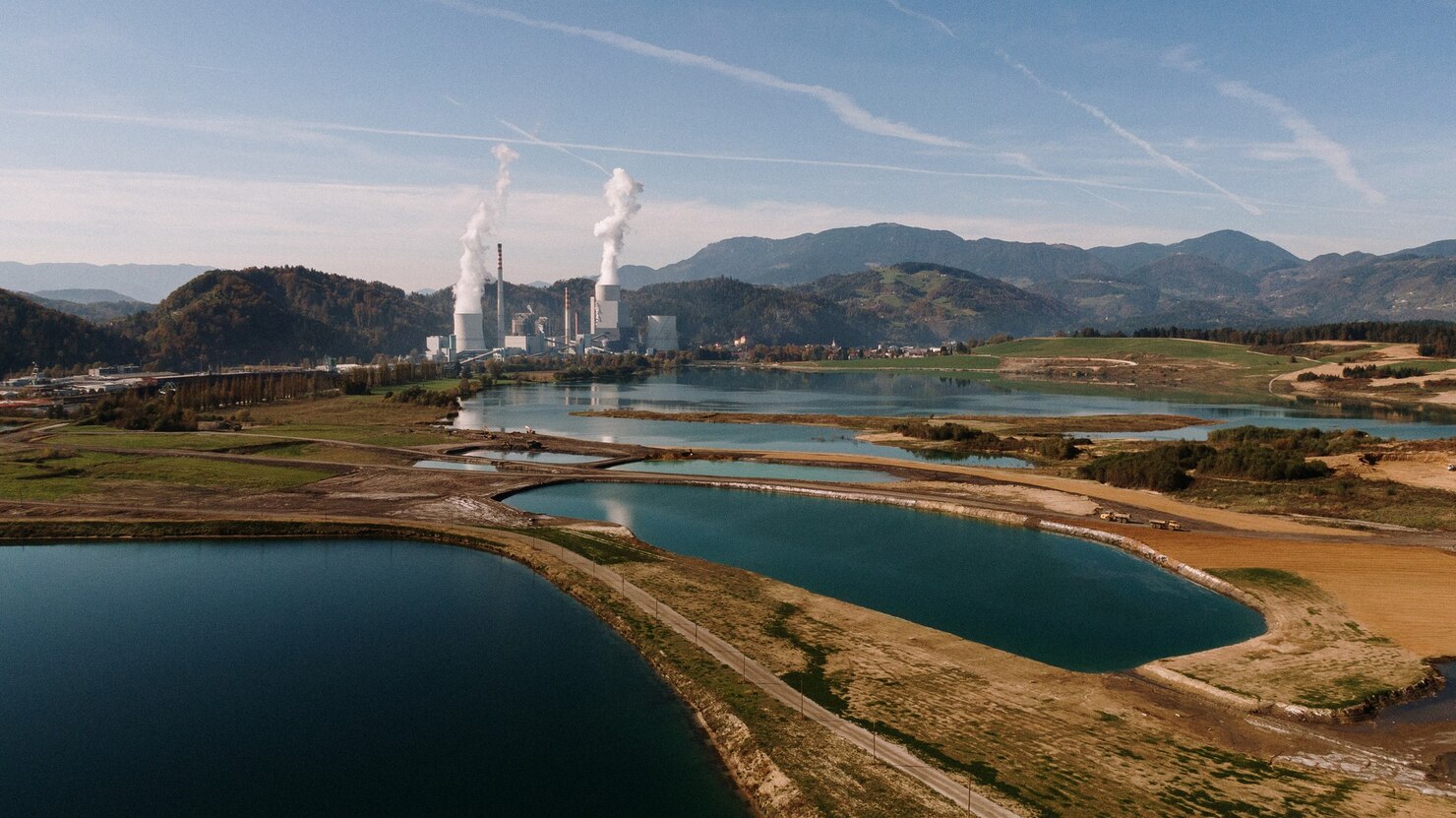


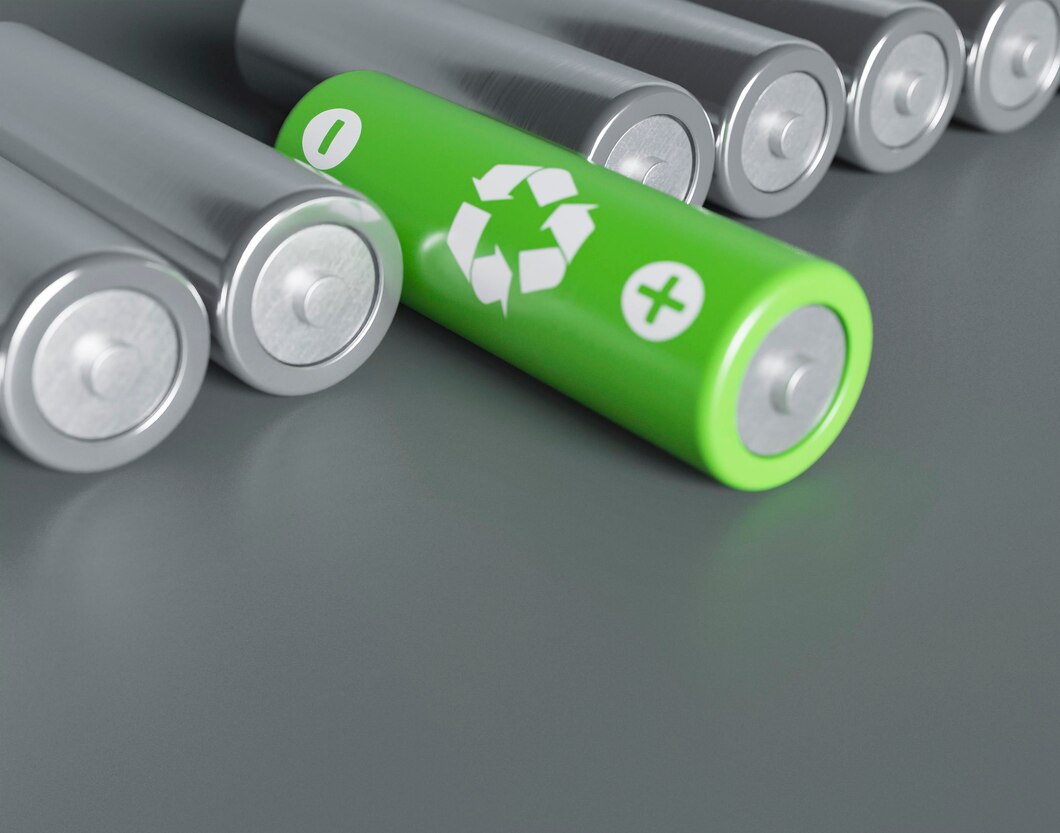


Ms. Liu +86 132 6100 0097

协办单位:全国工商联新能源商会、电力规划设计总院
支持单位:江苏省发展和改革委员会、江苏省工业和信息化厅、江苏省商务厅
国网江苏省电力有限公司
国际支持:欧洲储能行业协会、德国智能城市交通协会
承办单位:创能国际会展服务(江苏)有限公司、东浩兰生会展集团股份有限公司
溧阳深水科技咨询有限公司



